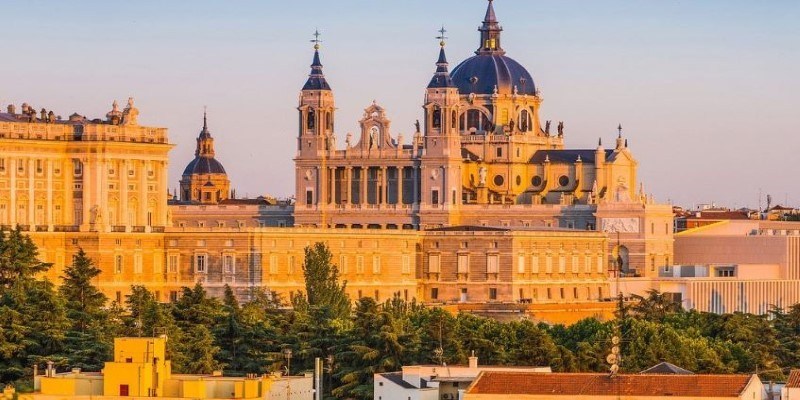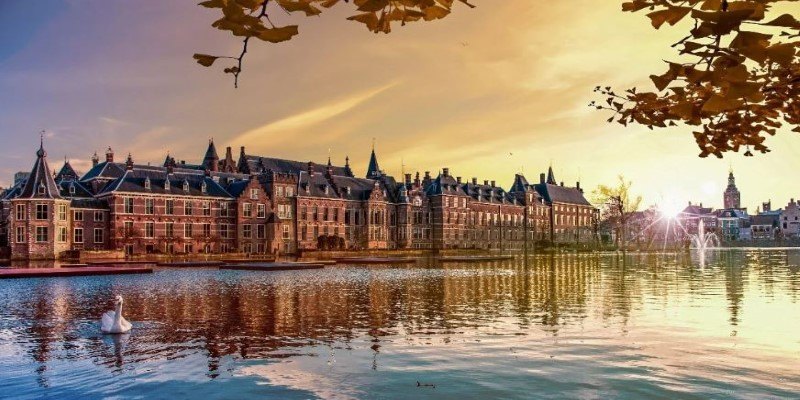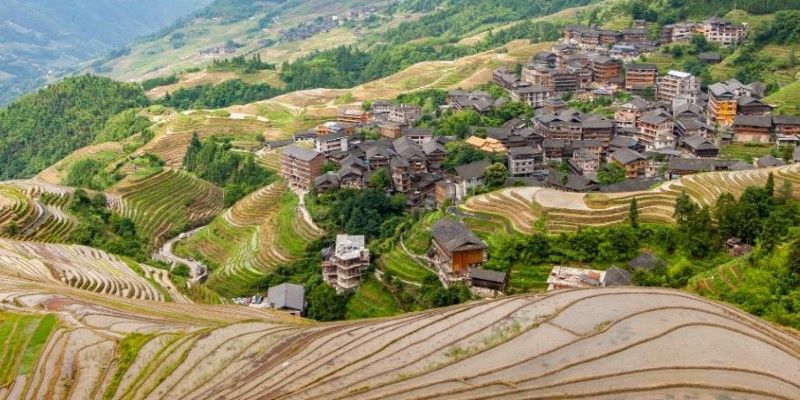Every few years, millions of people gather at the banks of sacred rivers across India to participate in one of the largest spiritual events in the world: the Kumbh Mela. This extraordinary gathering brings together a diverse range of individuals—from devout pilgrims to spiritual seekers, from religious leaders to curious travelers—all united by the same purpose: to cleanse themselves spiritually and physically. The Kumbh Mela, steeped in rich tradition and history, is not just a religious event but a massive cultural phenomenon that has captured the imagination of people for centuries.
Kumbh Mela, one of the biggest festivals, taking place at four sites across India, namely Allahabad (Prayagraj), Haridwar, Ujjain, and Nashik, is an extraordinary event of faith, rituals, and spirituality. Whichever reason befits the curiosity or scale of its gigantic form, Kumbh Mela presents an experience beyond others that gives one a profound view of the Indian spirit.
The Significance and History of Kumbh Mela
The Kumbh Mela has been held for over two millennia and remains one of the world's oldest and most important religious gatherings. These Hindu Gods had fought for nectar called "Amrit." Droplets of this Amrit fell at four sacred locations in India, and to mark this occasion, the Hindu calendar marks the places on a cycle of 12 years where the Kumbha fair occurs as per the Hindu Calendar on different locations. The festival is believed to give an opportunity for the pilgrims to wash away their sins and gain spiritual merit through immersion in the waters at these locations.
The Mela is unique and, indeed, one-of-a-kind in so far as the ceremonial combination of an age-old tradition coupled with holy fervor and communal spirit is stretched out sometimes over weeks and months. However, whereas the centerpiece is the Ganga water bathing, still other important activities include devotional and prayer sessions along with holy rituals and divine lectures. Millions of pilgrims travel from all over the country and even the world to participate in these rituals, and millions descend upon the designated cities during the Kumbh Mela period. The event is marked by profound religious fervor, but it also holds deep cultural and social significance for the people who attend.
A Spectacle of Faith and Devotion
What sets Kumbh Mela apart from any other religious gathering is its sheer scale and the overwhelming sense of devotion that fills the air. The event can attract up to 100 million people, depending on the year and location, making it one of the largest gatherings of human beings in history. The most iconic ritual during the Kumbh Mela is the holy dip in the river, which is believed to cleanse the soul and grant liberation (moksha) from the cycle of birth and rebirth.
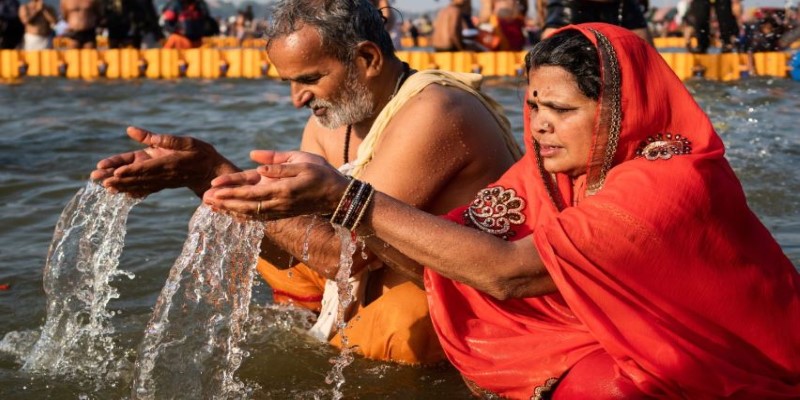
At dawn, you will witness the sight of devotees entering the holy waters, often accompanied by prayers and chants, as they immerse themselves fully in the river’s cleansing waters. The atmosphere is filled with the sounds of religious hymns and bells ringing, creating an otherworldly ambiance. For many, the act of bathing in these sacred rivers is more than a physical cleanse—it’s a symbolic purification of the soul.
Aside from the ritual of bathing, there are processions, sermons, and prayers that take place throughout the event. Sadhus, or holy men dressed in traditional robes and adorned with ash smeared across their bodies, play a prominent role in the Mela. They are considered to be spiritually enlightened, and their presence adds to the solemnity of the festival. These holy men often lead the processions and participate in the symbolic rituals, providing blessings and spiritual guidance to the pilgrims.
The Unifying Spirit of Kumbh Mela
While the Kumbh Mela is undoubtedly a deeply religious event, its appeal extends beyond the spiritual to the cultural and communal. Pilgrims from different parts of India and even the world come together to share in this collective experience. The festival brings together a diverse range of people from different castes, classes, and regions, all united by a common spiritual goal. This unique fusion of cultural and religious unity creates a powerful atmosphere that feels both deeply personal and universally communal.
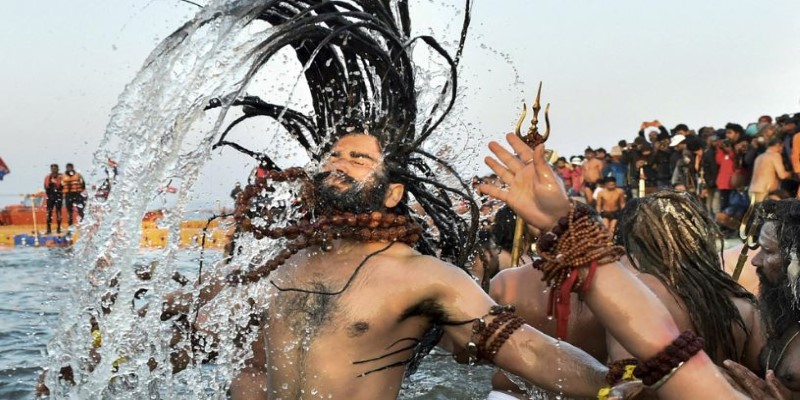
The warmth and generosity of the people often strike visitors to the Mela. Pilgrims share food, resources, and experiences, creating a temporary society built on mutual respect and shared faith. The food stalls and makeshift camps that spring up during the event offer a fascinating glimpse into India's cultural diversity, with regional delicacies, local handicrafts, and a variety of religious offerings available.
For those visiting the Mela, it's not just about witnessing rituals and prayers; it's about immersing yourself in the cultural experience. The Kumbh Mela has become a space for not just spiritual introspection but also for cultural exchange. Despite the large crowds, there is an overwhelming sense of peace that permeates the gathering, making it an experience that is both humbling and awe-inspiring.
Conclusion
India’s Kumbh Mela is a celebration of faith, history, and human connection like no other. It’s a journey that invites you to witness the devotion of millions, the richness of India’s spiritual and cultural heritage, and the profound significance of ancient traditions that have endured for centuries. Whether you’re a pilgrim seeking spiritual growth, a traveler fascinated by the scale of the event, or someone wanting to experience a unique aspect of Indian culture, the Kumbh Mela is a must-visit. It’s a place where time seems to slow down, where devotion fills the air, and where you can truly feel the pulse of India’s religious and cultural heart. A visit to the Kumbh Mela is not just about attending a festival—it’s about immersing yourself in one of the world’s most extraordinary spiritual journeys.







